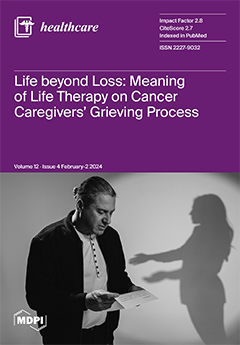Progressive spinal curvature in juvenile idiopathic scoliosis (JIS) is challenging to treat. When conservative management fails, treatments include growing rods (GRs) or posterior spinal fusion (PSF). The purpose of this study is to compare the patient characteristics and outcomes of GR and PSF
[...] Read more.
Progressive spinal curvature in juvenile idiopathic scoliosis (JIS) is challenging to treat. When conservative management fails, treatments include growing rods (GRs) or posterior spinal fusion (PSF). The purpose of this study is to compare the patient characteristics and outcomes of GR and PSF treatment of JIS. We performed a retrospective review of demographic, radiographic, and surgical data for all JIS patients requiring surgical treatment between 2012 and 2020. Patients who underwent any GR treatment were compared to PSF patients. A total of 36 patients (13 GR, 23 PSF) were reviewed. PSF patients had a larger pre-operative spinal height (
p = 0.002), but similar pre-operative major curve magnitudes (
p = 0.558). PSF treatment resulted in similar change in the T1-S1 length (
p = 0.002), but a greater correction of the curve magnitude (
p < 0.055) compared to GR patients. Eight patients initially treated with GRs later underwent definitive PSF treatment. This subset of patients had a greater spinal height before PSF (
p = 0.006), but similar immediate post-PSF T1-S1 lengths (
p = 0.437) and smaller changes in spinal height from PSF (
p = 0.020) than primary PSF patients. At final follow-up, patients who underwent primary PSF versus PSF after GR had similar spinal heights (
p = 0.842). The surgical intervention chosen to manage progressive JIS often differs based on patient characteristics. While this choice may impact immediate outcomes, the outcomes at final follow up are similar.
Full article






